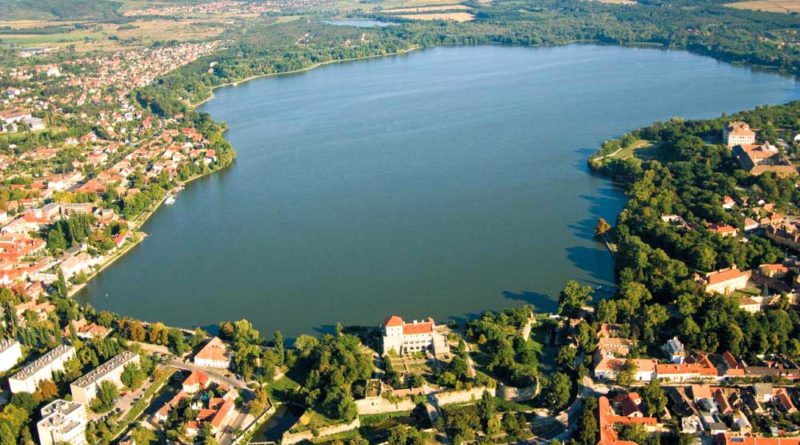Old Lake - Tata
Tata is called the "city of waters", because the area was abundant in crystal clear springs. The best known of its standing waters is the Old Lake. Its formation is due to the terrain and the nearby springs. The waters running off the surrounding hills and hilly countryside, as well as the ground waters, have gathered in this lower area and have grown into lakes. This is how the landscape characterized by reeds and marshes was formed, whose water balance was already regulated by the construction of a valley dam in the Roman era. The Old Lake of Tata is Hungary's oldest fishing lake. With its 220 hectares is considered to be the largest standing water of the Central Transdanubian region beside Lake Balaton and Lake Velence. The oldest fishing lake in Hungary, as the valley dam including the building complex of Tata Castle was built more than 600 years ago in the 14th century. The Old Lake is listed in the Ramsar Convention for the Protection of Wetlands of International Importance. The importance of international nature conservation is due to the fact that it is one of the most important gathering places in Europe for the wild geese. In addition to the medieval castle on its shore, there are many historic buildings, which makes it one of the most exquisite lakes in Hungary.

